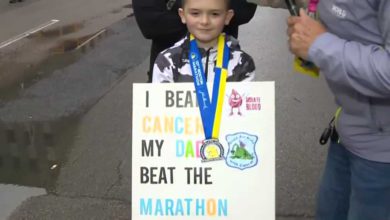
Despite the federal government ending the COVID-19 emergency, thousands of inmates who were sent to home confinement will be allowed to serve the rest of their sentences from home, the Department of Justice announced.
Since March 2020, the DOJ transferred 12,000 federal prisoners to home confinement due to the pandemic. The move was authorized by Congress as part of the CARES Act. The goal was to reduce crowding in prisons as social distancing protocols went into place.
Prisoners had to meet certain conditions for home confinement. Those who were medically vulnerable due to age and health were given priority. Some sentences, such as certain sex offenses, made a number of inmates ineligible for home confinement.
Of the thousands sent to home confinement, the DOJ said less than 1% were returned to secure custody due to a new criminal offense.
SEE MORE: US depends on prison labor, but is slow to mandate fair conditions
“The Justice Department is committed to protecting the safety of our communities and continuing to support the successful transition of those on home confinement back to society,” said Attorney General Merrick. B. Garland. “This final rule makes clear that the Director of the Bureau of Prisons has the discretion to ensure that those who have made rehabilitative progress and complied with the conditions of home confinement are not unnecessarily returned to prison.”
The Bureau of Prisons says there are currently 5,526 inmates still on home confinement due to the pandemic. Others have completed their sentence.
New DOJ rules also allow the Bureau of Prisons to transfer those on house arrest to Residential Reentry Centers when either home confinement is no longer viable or for non-significant disciplinary issues.
Sen. Dick Durbin, D-Illinois,tweeted his support of the new rules.
“The Department of Justice just issued a final rule allowing individuals placed in home confinement during COVID to stay home, if in good standing,” he said. “This brings a case-by-case, individualized approach to rehabilitation.”
The U.S. COVID-19 emergency is set to expire May 11.








